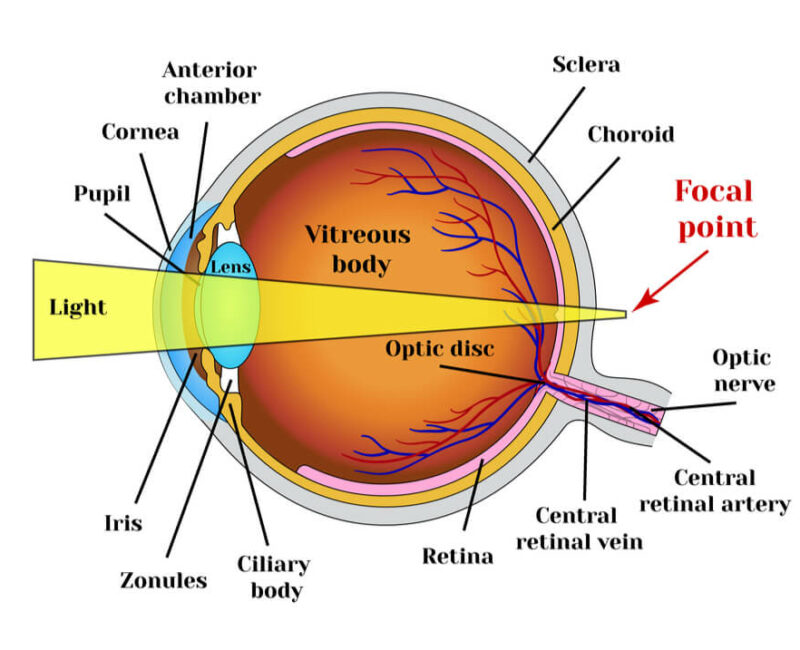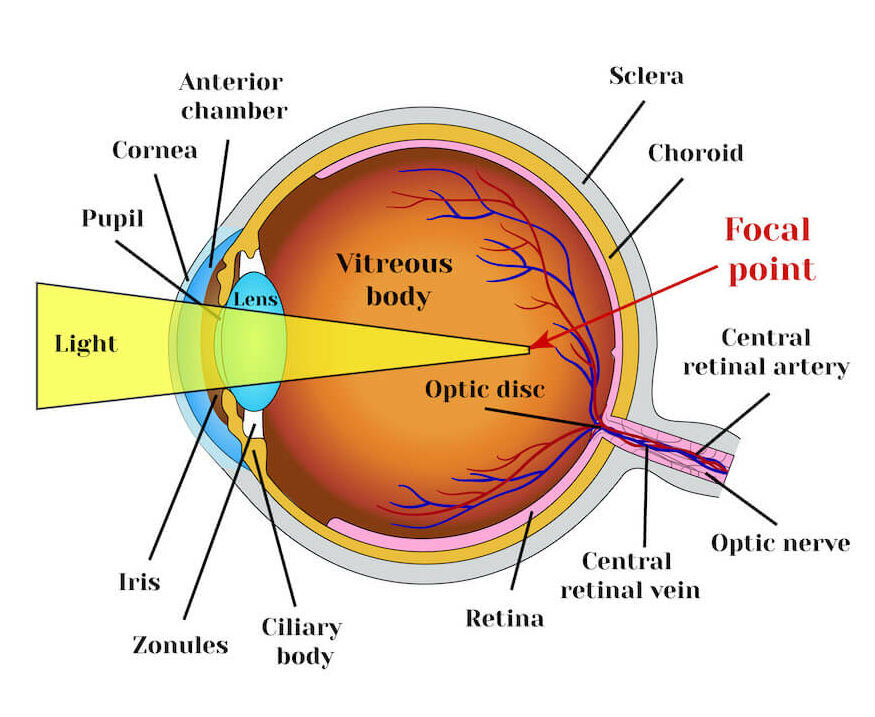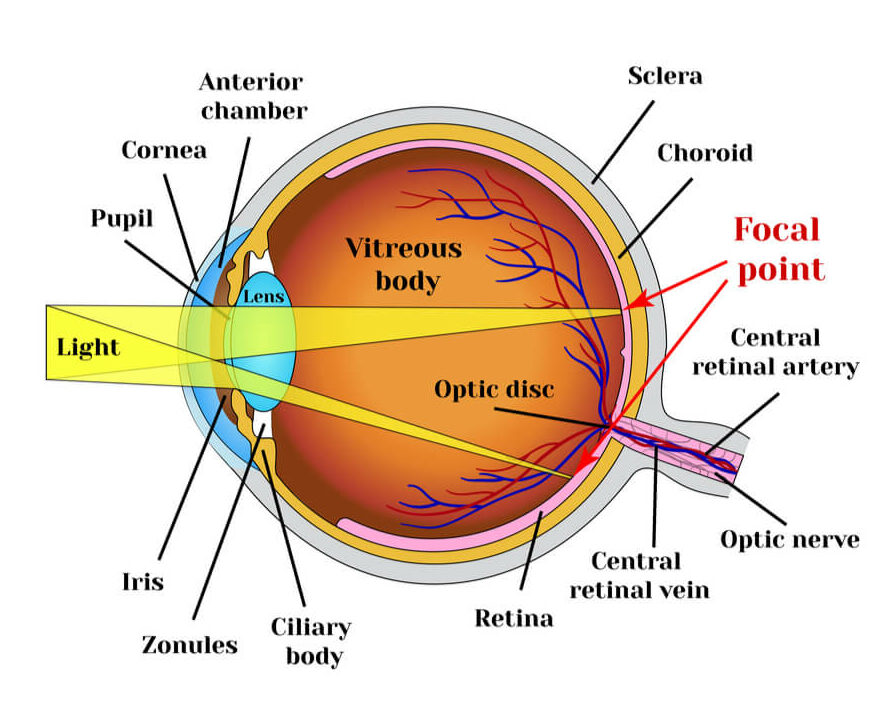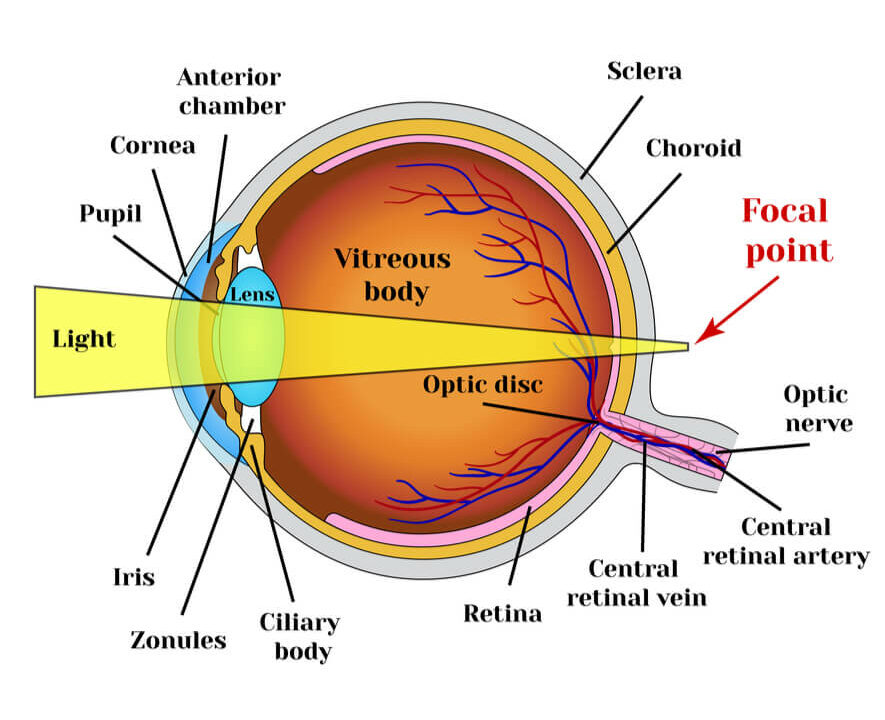Refractive Surgery
State-of-the-art Refractive Suite Coming Soon

LASIK/PRK
LASIK eye surgery works to reduce or eliminate the need for corrective lenses such as contacts or glasses. LASIK stands for “laser-assisted in situ keratomileusis.”
In the first step of LASIK surgery, a thin flap is made in the flat surface of the eye, known as the cornea. The flap is made in either one of two ways: your ophthalmologist will use either a metal instrument called a microkeratome or an Intralase laser using the energy from an ultraviolet beam. The surgeons at Multack Eye Care believe in 100% laser technology and do not use blades. In the second step, your surgeon will then fold back the flap and precisely reshape the corneal tissue with what is called an excimer laser. In the final step, the flap is repositioned over the cornea, serving as a bandage.
LASIK surgery improves your vision during the second step, during which the laser remodels the cornea’s shape. During this process, the cornea is reshaped allowing more light to enter the eye and the retina, resulting in sharper vision. Your surgeon will flatten the too-steep cornea if you are nearsighted, and shape your cornea into a steeper shape if you are farsighted. Your surgeon can even reshape the eye if you have astigmatism.
LASIK has a high patient satisfaction rating that is linked to low pain association. The surgery is performed along with results as early as the next day.
Not a candidate for LASIK? Consider PRK
Photorefractive Keratectomy (PRK), was the first vision enhancing procedure performed using the Excimer laser. Like LASIK, it corrects vision by reshaping the cornea. Instead of using a laser to create a flap for treatment, PRK is performed by removing the epithelium (Very thin outer layer of the cornea) and the laser is applied to the surface of the cornea. A bandage lens is then placed over your eye to aid in healing, PRK is a very effective procedure as an alternative to LASIK,
As prior to any surgery, one of our eye doctors will perform a comprehensive testing to determine if your eyes are healthy enough for the procedure and to determine how much laser reshaping would be necessary for optimal vision correction. If you live in or around one of our conveniently located practices, feel free to contact our offices and request an appointment for a consultation today to discuss how to best improve your vision, 815-889-3333.
Refractive Eye Errors
Refractive eye errors are the most common vision disturbances and affect approximately 150 million Americans to some extent. Refractive errors are caused by disturbances in the way the eye focuses light. If the light rays do not focus exactly on the retina, an error occurs and vision is affected. There are four basic types of refractive errors – hyperopia, myopia, astigmatism and presbyopia.
Hyperopia
Hyperopia is the ophthalmologic term for farsightedness. Individuals suffering from this type of refractive error usually experience a blurring of the visual field up close, as well as eye pain or discomfort when reading, working on a computer or focusing vision up close for extended periods of time. Hyperopia vision distortion occurs because light is focused behind the retina, rather than on it. It is often genetic and may be present from birth. However, this type of refractive error is easily corrected with corrective lenses or refractive surgery.

Myopia
Myopia – or nearsightedness – is the opposite of hyperopia, in that light is refracted in front of the retina, rather than behind it. Because of this, individuals with myopia usually experience blurred vision at a distance rather than up close. The condition is usually not present at birth, but rather develops during the school years as the eyes develop and grow. People with myopia usually squint to see things far away or compensate for sight impairment by sitting closer to the TV or at the front of the class. Although myopia tends to worsen over time, most people “stabilize” before age 30. Nearsightedness is usually treated with corrective lenses, although many patients elect to undergo refractive surgery to permanently correct the condition once it stabilizes.

Astigmatism
Astigmatism is a refractive error caused by an abnormal curvature of the cornea. A normal cornea is round and globe-like, but a cornea with astigmatism may be more rounded in some areas than others. Individuals with astigmatism may experience blurred near and distant vision, as well as related symptoms like eyestrain and headaches. Astigmatism can be addressed with corrective lenses when necessary, or it may be treated with laser refractive surgery.

Presbyopia
Presbyopia is very common refractive error associated with aging. Individuals with this condition may begin to hold objects away from the face in order to better focus on them. This is because presbyopia occurs as the eye loses the ability to focus on close objects, such as books or pictures. Although presbyopia is a very normal part of aging, it is an annoyance to many. It usually begins between ages 40 and 50 and may continue to worsen for up to 25 years. Most people with presbyopia who have otherwise good eyesight will compensate for the refractive error by using over-the-counter reading glasses. Prescription bifocals, trifocals or monovision lenses are available to presbyopia patients who have other preexisting refractive errors. Surgical options are also available for permanent sight correction.

